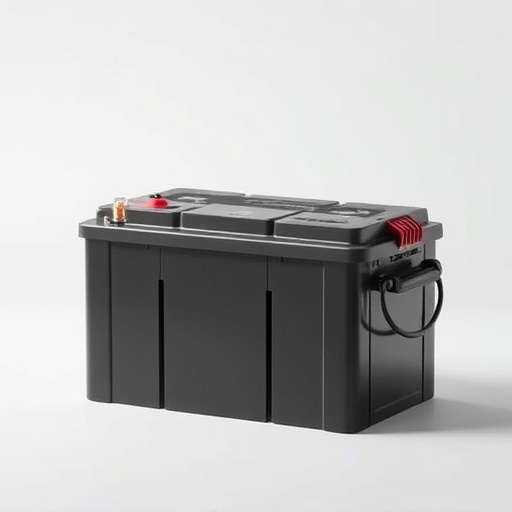Maximizing the lifespan and performance of your auxiliary battery requires understanding its type (lead-acid, lithium-ion, AGM), proper maintenance, and proactive care. Key practices include regular charging, avoiding deep discharge cycles, keeping terminals clean, inspecting for damage or leaks, maintaining healthy charge levels, correct storage at moderate charge (40-50%), and protective measures in extreme weather. Proactive care prevents failures and ensures optimal performance over time for your auxiliary battery.
Maximizing the lifespan of your auxiliary battery is crucial for ensuring reliable power in various situations. This article offers a comprehensive guide, covering ten essential tips for extending and maintaining battery health. From understanding different battery types to handling extreme weather, we explore regular maintenance practices and best charging strategies. Learn proactive care techniques to prevent premature battery deterioration, ensuring longevity and peace of mind when relying on your auxiliary battery.
- Understanding Your Auxiliary Battery: Types and Usage
- Regular Maintenance for Optimal Battery Health
- Best Practices for Charging Your Auxiliary Battery
- Extreme Conditions: How to Handle Hot and Cold Weather
- Proactive Care: Preventive Measures for Longevity
Understanding Your Auxiliary Battery: Types and Usage
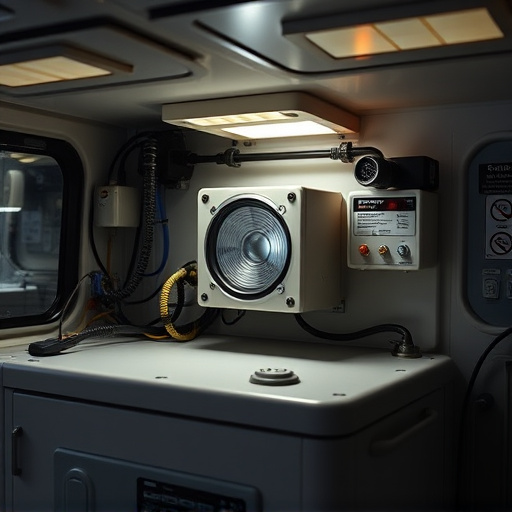
Understanding your auxiliary battery is key to maximizing its lifespan and ensuring optimal performance. Auxiliary batteries, often used in vehicles or as backup power sources, come in various types tailored for specific needs. These include lead-acid batteries, lithium-ion batteries, and AGM (Absorbent Glass Mat) batteries, each with unique characteristics. Lead-acid batteries are common due to their affordability but require more maintenance. Lithium-ion batteries offer superior energy density and longer lifespans, making them ideal for modern electronics. AGM batteries bridge the gap with their stability and low maintenance needs.
The usage of these auxiliary batteries plays a significant role in their care. In vehicles, regular charging and avoiding deep discharge cycles are essential. Deep discharging can lead to sulfation, a process where sulfur builds up on the battery plates, reducing its efficiency. Additionally, keeping the battery terminals clean and ensuring proper voltage levels during operation can significantly impact longevity. For backup power systems, understanding the load requirements and maintaining a balanced charge is crucial to prevent premature degradation.
Regular Maintenance for Optimal Battery Health
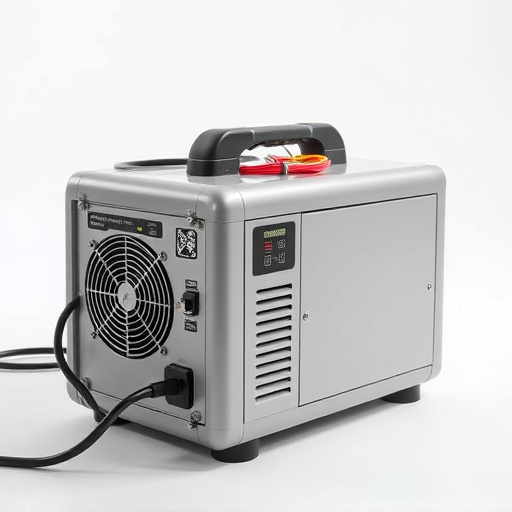
Regular maintenance is key to extending the life of your auxiliary battery and ensuring optimal performance. This includes keeping the battery terminals clean and free from corrosion, as even a small buildup can hinder the flow of electricity. Inspect your battery regularly for any signs of damage or leaks, addressing these issues promptly to prevent further complications. Additionally, maintaining a healthy charge level is crucial; avoid letting your battery drain completely, as this can reduce its overall capacity. Most importantly, store your auxiliary battery correctly when not in use – keep it charged at around 40-50% and protect it from extreme temperatures.
These simple practices will go a long way in preserving the health of your auxiliary battery, ensuring it remains reliable for years to come, and providing peace of mind during your adventures.
Best Practices for Charging Your Auxiliary Battery
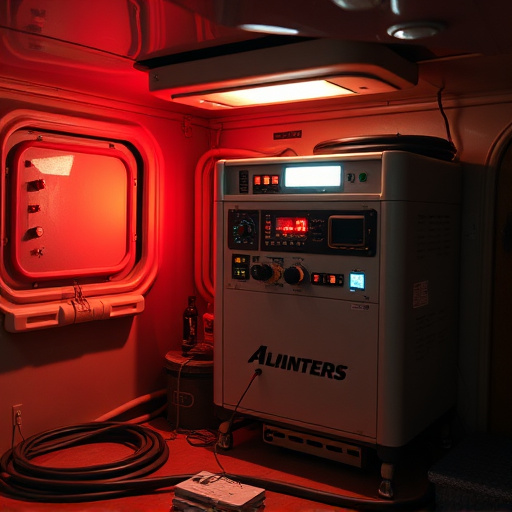
Keep your auxiliary battery charged but avoid overcharging, as this can damage its health and reduce overall lifespan. Aim to charge it regularly, especially if you use it frequently for power outlets or lighting. Most modern devices come with smart charging technology that prevents overcharging, so take advantage of these features.
When not in use, store your auxiliary battery at a moderate, cool temperature away from direct sunlight. Extreme heat can cause accelerated degradation, while cold temperatures may reduce its performance temporarily. Always keep it partially charged (around 50%) for long-term storage to prevent deep discharge, which can be harmful to the battery’s health.
Extreme Conditions: How to Handle Hot and Cold Weather

In extreme weather conditions, both hot and cold, proper care is crucial for maintaining your auxiliary battery’s health and longevity. During hot summers, elevated temperatures can accelerate chemical reactions inside the battery, leading to reduced performance and shorter lifespan. To combat this, ensure your battery is kept cool by parking your vehicle in shaded areas and avoiding prolonged exposure to direct sunlight. Regularly check for any signs of overheat, such as unusual swelling or leaks, and consider using a battery blanket or cooler if necessary.
Conversely, cold winters can also pose challenges. Cold temperatures slow down chemical reactions, making it harder for the battery to start your vehicle. To prepare for colder climates, fully charge your auxiliary battery before the first frost and keep it in an optimal range between 12.6 and 12.8 volts when not in use. Consider using a battery warmer or keeping it in a garage to maintain its performance until spring arrives.
Proactive Care: Preventive Measures for Longevity
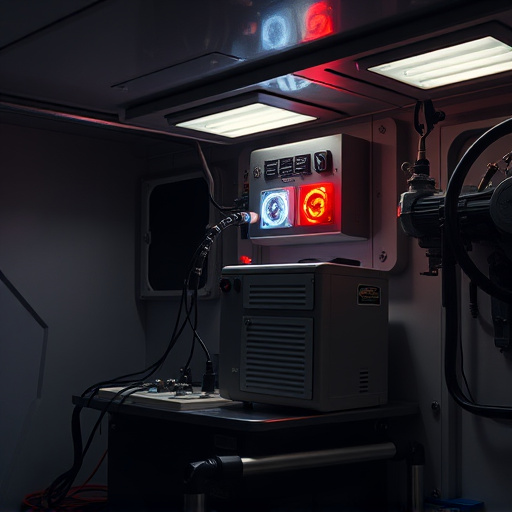
Proactive care is key when it comes to extending the lifespan of your auxiliary battery. Regularly checking and maintaining your battery can prevent unexpected failures and ensure optimal performance over time. Start by keeping the battery clean and free from corrosion; this simple step can significantly improve its health. Inspect for any signs of damage, leakage, or swelling, as these could indicate a problem that needs immediate attention.
Additionally, avoid letting your auxiliary battery drain completely. Deep discharge cycles can reduce its overall capacity. Always ensure you maintain a healthy charge level, especially if the battery is not in use for extended periods. Proper storage and charging practices are also essential; store batteries in cool, dry places and recharge them periodically to keep them in top condition.
Proper care and maintenance of your auxiliary battery are key to ensuring its longevity. By understanding different battery types, regularly servicing them, and adopting best practices for charging and extreme weather conditions, you can extend their lifespan significantly. Remember, proactive care through preventive measures is essential in keeping your auxiliary batteries in top condition, ensuring they’re always ready when needed.
